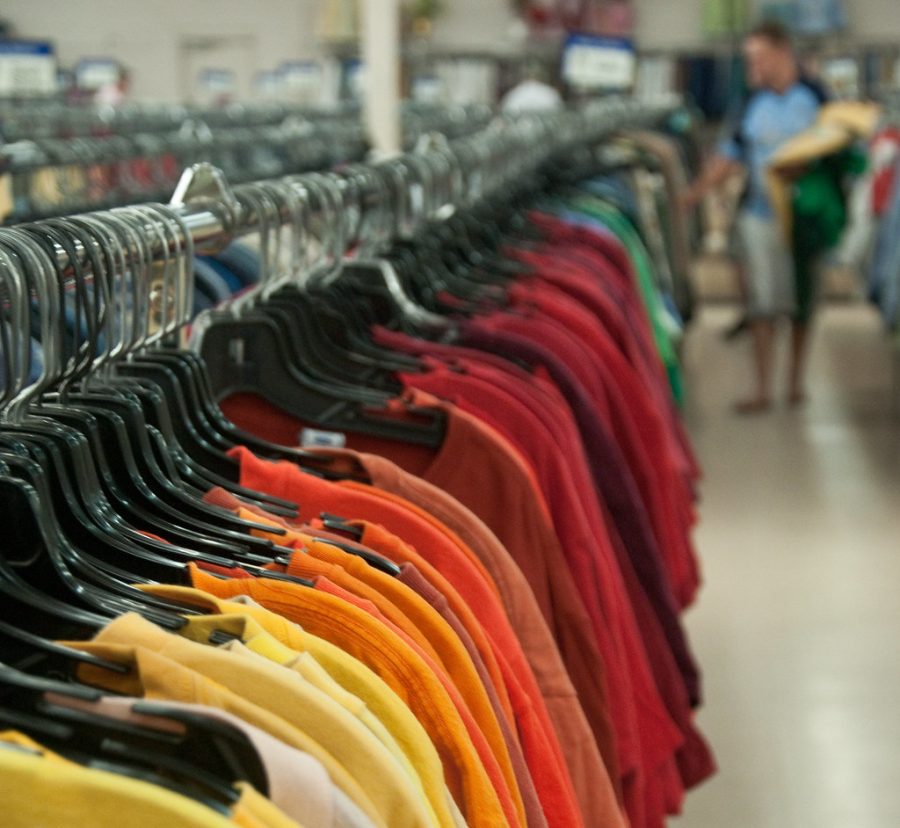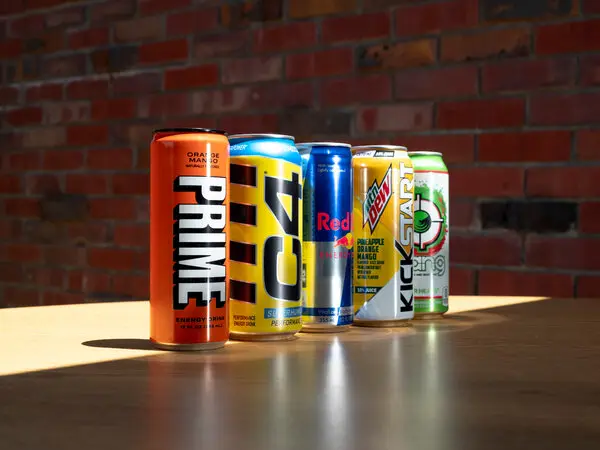Gen Z zips into thrifting
Have you ever been thrifting? Did you love it and would you go again? Some people would love to visit and support again and some would rather stick to their expensive clothing brands. But if you’re one of the people in the middle, not sure if you should thrift or not, I’m here to explain everything that is good about thrifting and why it is important.
Thrifting has been around since modern civilization has existed. The start of thrifting can be pinned all the way back to the 1300s. It appeared as piles of clothes in market squares. After society began to modernize thrifting, it became a way to serve low income communities and families in the middle ages. The meaning of the word thrift comes from the 1300s middle east “fact or condition for thriving” and “prosperity, and savings.” thrifting and where it comes from can be seen as growing not from desperation, but from using resources carefully to thrive. Dennita Sewell, a professor of practice and fashion at Herberger Institute for Design and Arts, spoke on thrifting to StatePress.com. According to Swell “The second hand trade is one of the oldest forms of clothing for the common man.” Despite thrifting’s existence in the earlier times, the modern idea of thrifting was fully created in the middle 1800s to the early 1900s with fundings from organizations such as the salvation army and good will. Thrifting introduced the idea of more affordable, disposable clothes.
Thrifting became popular out of nowhere. While it is true that people did thrift occasionally it didn’t become popular until recently. I even find myself thrifting from time to time. People love thrifting because you never know what you are going to find. Kids apart of gen z love to thrift because it’s an eco-friendly option for trendy clothes without the outrageous price. People will pay for these expensive items and clothing and then just throw them away instead of donating them. In fact, Gen z is actually the first generation to grow up online. We have easy access to the internet and cheap clothing places like Poshmark where people sell their items and clothing for a lower price. According to Thriftworld.com, 40% of Gen Z consumers are willing to pay full price for sustainable clothes but 57% of Gen Z are not. 57% want eco-friendly options without the high prices. They prefer to go to stores or even go online for lower prices and find unique cool clothes. The Gen Z is buying second hand clothing 250% faster than any other generation. Gen Z loves thrifting because it’s one of a kind fashion for us. Many younger generations think that it is important to find clothes that are unique to each and everyone, because doing this lets them express themselves and stand-out from everyone else. Since Gen Z has made such a big impact for the thrift world communities. online websites have been made,along with their in store shopping options. Some of these places are Thrift World itself, Goodwill, and Depop.
Thrifting has been around since modern civilization has existed. The start of thrifting can be pinned all the way back to the 1300s. It appeared as piles of clothes in market squares. After society began to modernize thrifting, it became a way to serve low income communities and families in the middle ages. The meaning of the word thrift comes from the 1300s middle east “fact or condition for thriving” and “prosperity, and savings.” thrifting and where it comes from can be seen as growing not from desperation, but from using resources carefully to thrive. Dennita Sewell, a professor of practice and fashion at Herberger Institute for Design and Arts, spoke on thrifting to StatePress.com. According to Swell “The second hand trade is one of the oldest forms of clothing for the common man.” Despite thrifting’s existence in the earlier times, the modern idea of thrifting was fully created in the middle 1800s to the early 1900s with fundings from organizations such as the salvation army and good will. Thrifting introduced the idea of more affordable, disposable clothes.
In elementary school, teachers taught the 3 r’s. Reduce, reuse, and recycle. Even children’s cartoons taught us how to reduce like Blues Clues or Mickey Mouse Clubhouse. It’s better to learn while you’re young so that as you grow up you are always making a change. Clothes that are tossed into the garbage end up in landfills. Most clothing is made out of synthetic material that doesn’t decompose. Why toss out a good t-shirt into the trash, when you can donate it and someone else can make great use out of it? You may not find value in these items anymore, but that doesn’t mean someone else wont. According to topic insights.com the clothing material and harsh chemicals combined with the dyes make these things really bad for the environment. Factories dump their waste into waterways, which then pollutes the homes of locals and the wildlife nearby. By supporting these charities that recycle clothing and reuse like I mentioned earlier, it reduces pollution, and finds good new homes for these items.
I know what you’re thinking. I’ve thrown a plethora of numbers and figures at you. The reason why is, I personally believe thrifting is an amazing hobby and replacement to shopping retail. I hope that you understand why thrifting is important after we went over thriftings rising population because of gen z, the history of thrifting and where it came from, and lastly why thrifting is good for the environment. My boyfriend’s mom always asks me if I want to go to Goodwill and find some treasure. What treasure will you find today?
Alexis is a sophomore at ALHS and new to staff this year. She enjoys hanging out with friends reading and playing sports. She is an AL cheerleader and...







